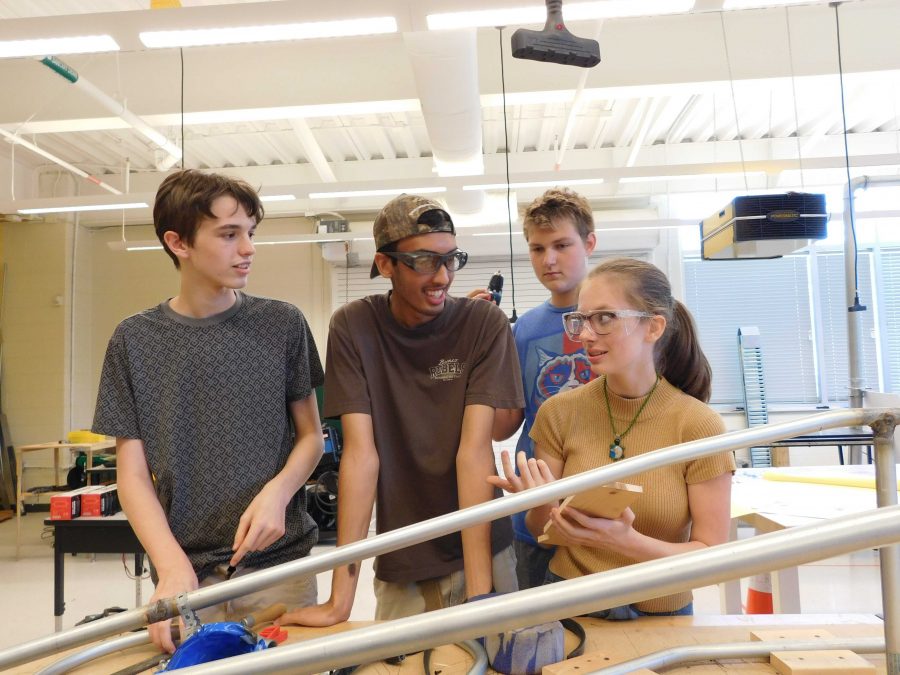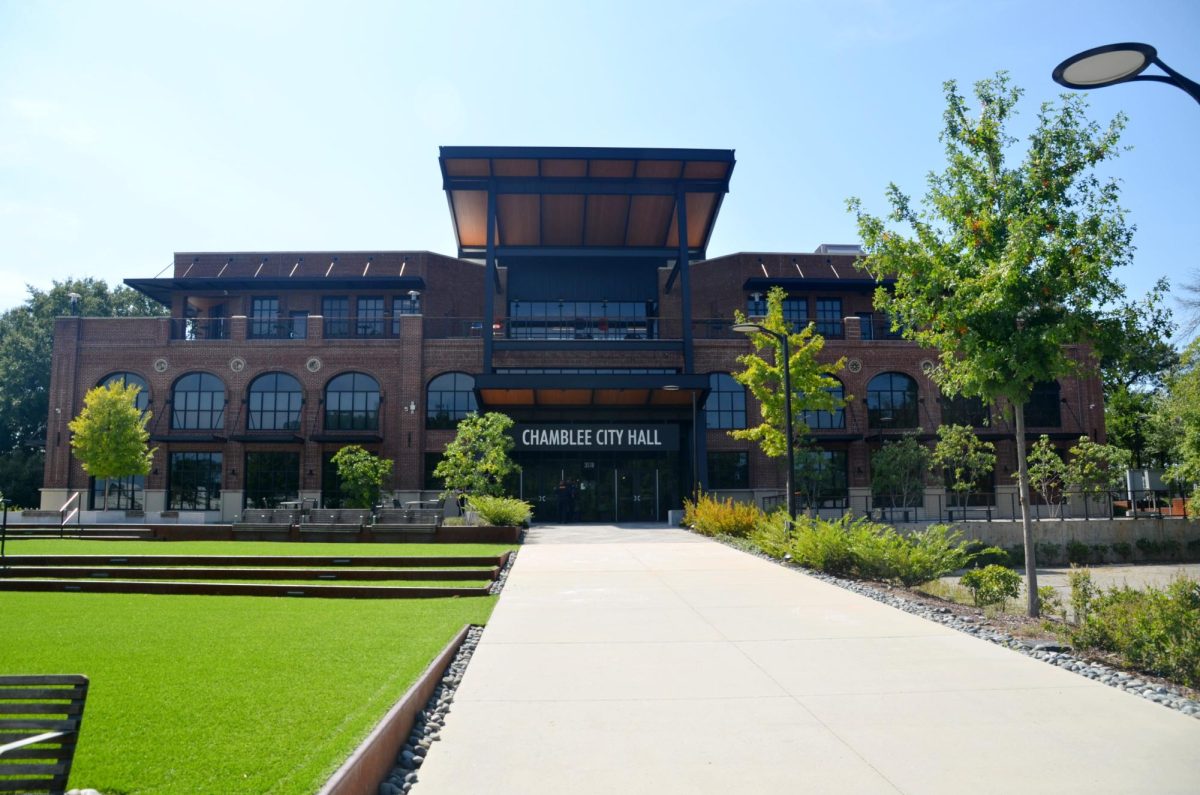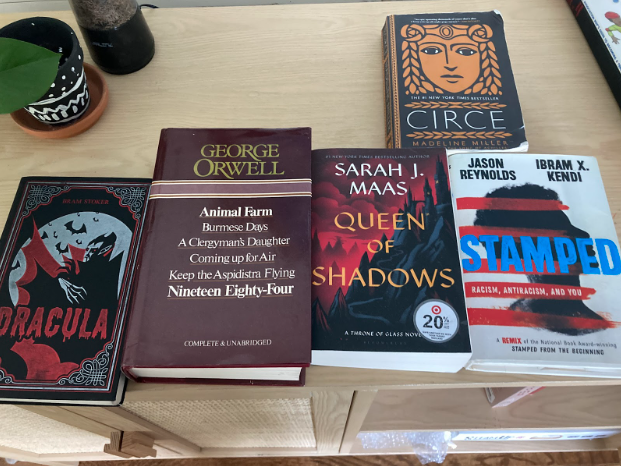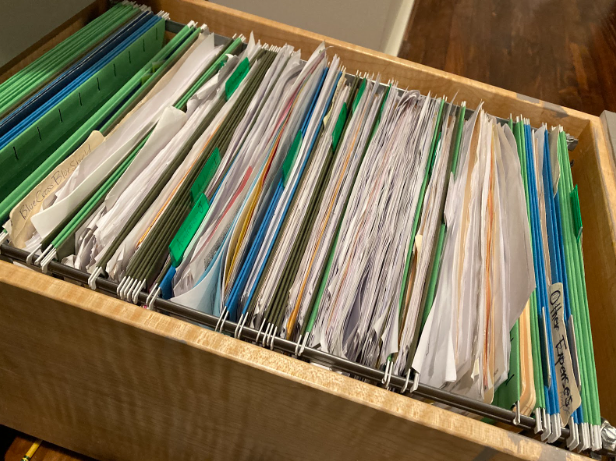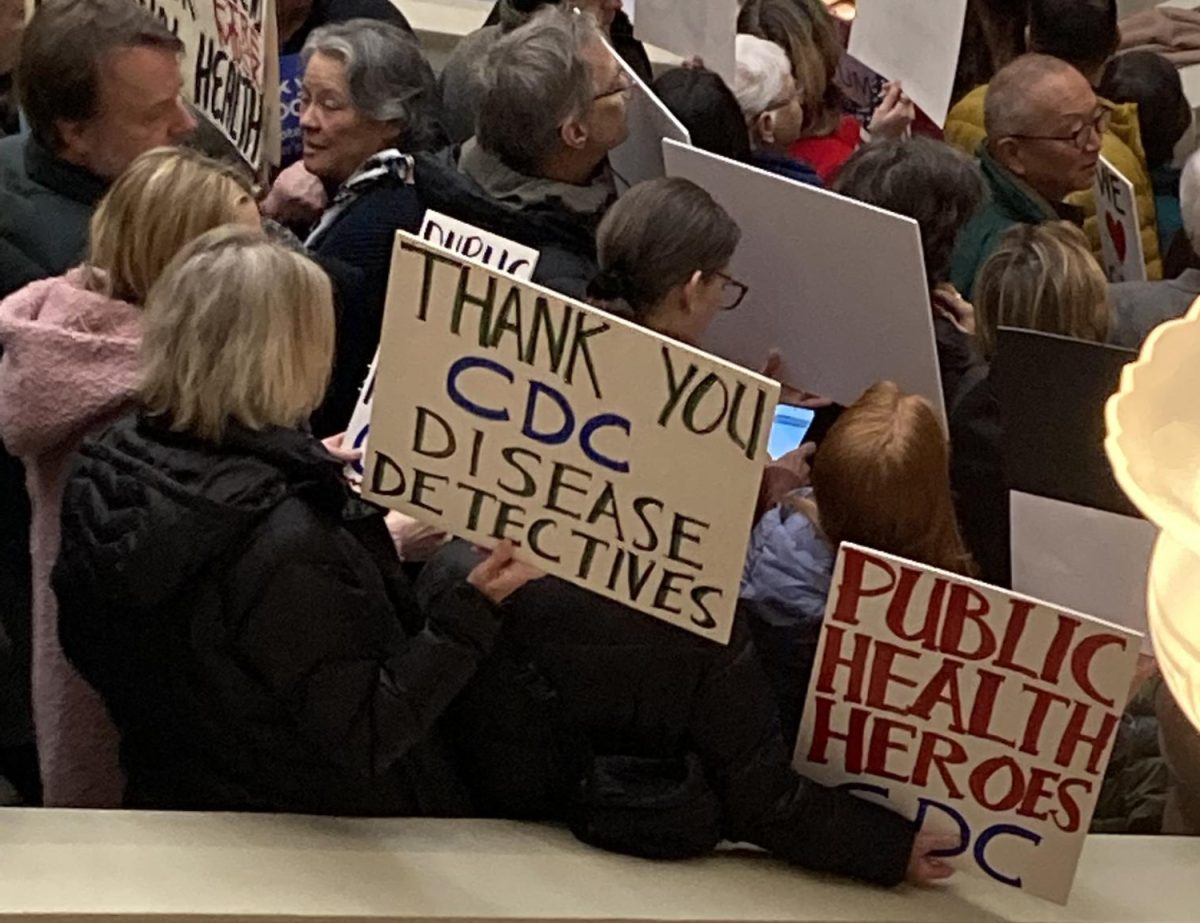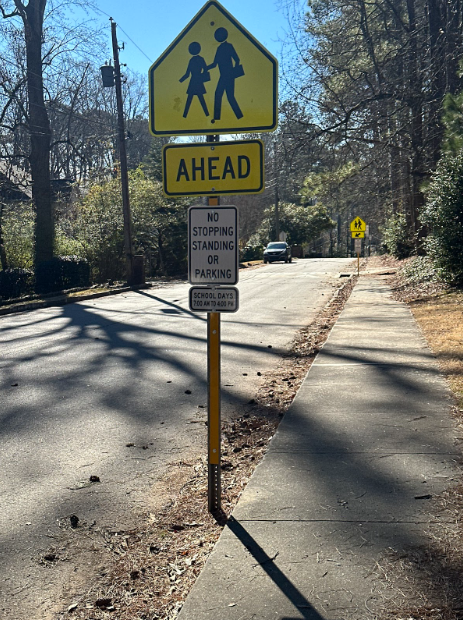The Technology Student Association (usually referred to as TSA) and its sister club, VEX Robotics, are go-tos for STEM focused students at Chamblee. However, distinguishing between the two can be confusing for many.
Lucretia Gant, the Engineering teacher at Chamblee and head of TSA and VEX Robotics, elaborates on the unusual relationship between the two clubs.
“It’s all under TSA,” said Gant. “Right now they’re becoming seamless, because in the last three years, TSA started hosting VEX tournaments. It used to not be that way. VEX was totally separate, and now they’re kind of overlapping some.”
The consensus among those involved in both clubs is that VEX is a much bigger obligation, because of its frequent meetings and Saturday tournaments.
“It really does take a lot of time and dedication,” said Gant. “But it seems to be the one that students enjoy most.”
TSA is more seasonal, but can be just as rigorous in certain periods. Jacqueline Jordan, a Chamblee junior, joined both clubs in 9th grade.
“For most of the year we don’t have much to do, but leading up to an event, it’s high commitment then,” said Jordan.
TSA has around three or four events a year.
“Tech Day is our first event,” said Jordan. “The first half of the day we spend doing TSA competitions and the latter half we spend at the State Fair. The events we that do are catapult, pen design, membership, recruitment, Rube Goldberg machines, lots of engineering based stuff. State is the big one, end of the year, it’s in March. State has a lot of events whereas Tech Day has only a few. Things like building a catapult, structural design, or building a bridge out of balsa wood, there’s a lot of things.”
VEX Robotics has a different schedule. Unlike TSA, it has a series of competitions increasing in importance throughout the entire school year. It also focuses on one event, usually announced at the end of Worlds each year.
“Every year, there’s a goal of the match,” said Jordan. “This year’s event is called Star Struck, where there’s stars on each side of the field, and in the middle there’s a fence. There’s also two short poles, one on each side, which are for robots to climb during the last 30 seconds of the match to earn extra points. The goal is to have the least amount of stars on your side at the end of the match.”
The field referred to is a VEX field: a group of foam interlocking tiles, enclosed in a metal framed fence with plastic insets. The setup varies by event.
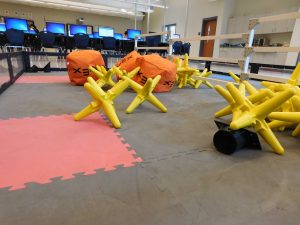
Typical team meetings also differ.
“[TSA] chapter meetings are in the morning,” said Gant. “They might do quick builds and describe the events in upcoming competitions. After school kids work on their projects. They could be building a catapult, or they could be programming, or doing game design. There are a range and host of things that students do.”
There are no less than 34 high school competitive events for TSA. VEX, on the other hand, is more focused on a single object- the robot.
“Building the robot, designing the robot, driving the robot, and programming the robot, to run autonomously, and to run with a joystick,” said Gant.
Jordan liked different aspects of each club.
“My favorite about VEX Robotics is probably the teamwork required,” said Jordan. “It’s a great opportunity to have really close friends. My favorite thing about TSA is probably the trips themselves. With State you get to go up to Athens, and during the day we have our competitions, but after seven we get let loose to go eat dinner.”
Andrew Sims, a Chamblee senior who joined TSA and VEX after his brother encouraged him, liked the unusual nature of Robotics.
It’s really fun,” said Sims. “It’s kind of a different beast than school, since school is usually very precise, and this is completely different with design challenges and there’s no real direction. You have to make your own direction.”

